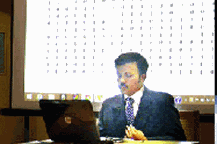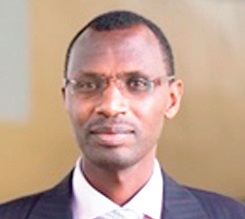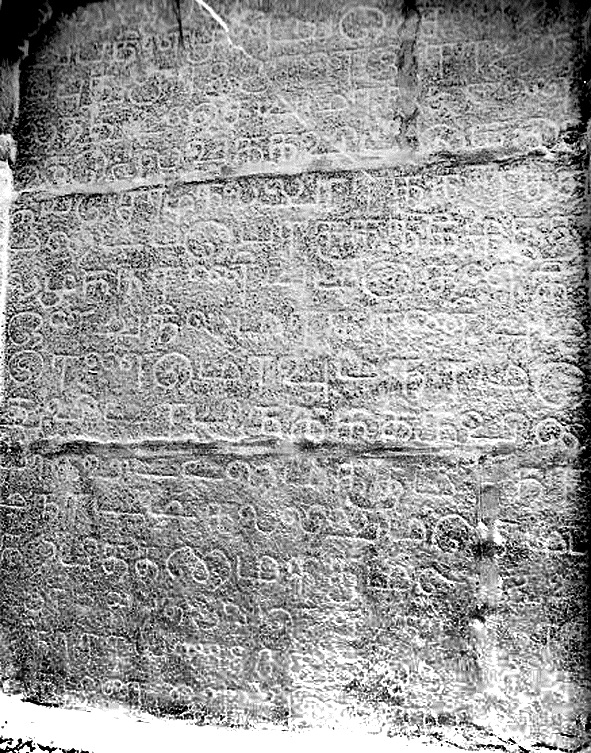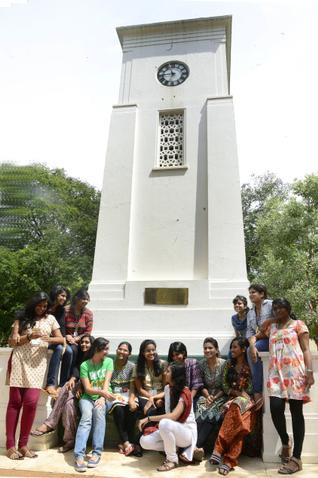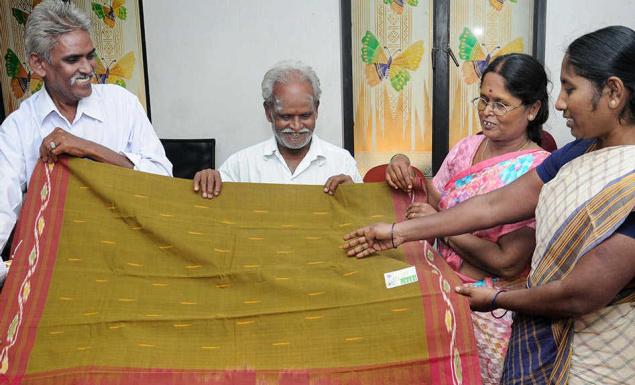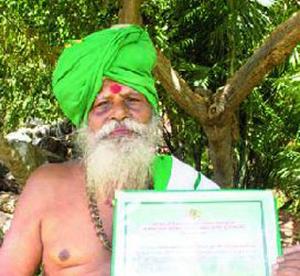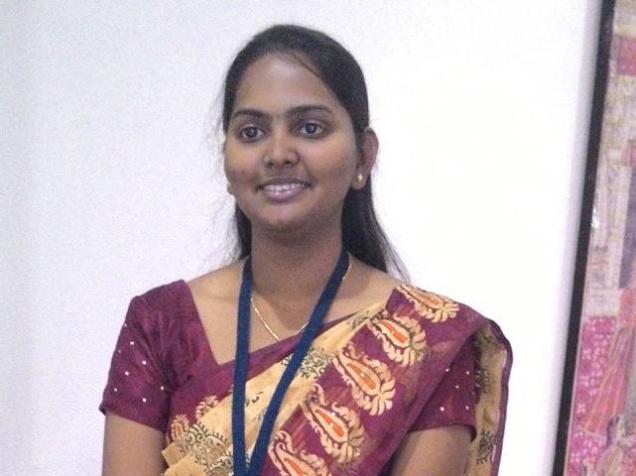by Krishnakanta Chakraborty
When he ignored a national camp to join the Madras team on an exposure trip to Japan, Thailand and Hong Kong in 1967, Krishnamurthy Perumal never thought his gamble would pay off. A few months later, when he was a standby for the national camp and could not travel with the team heading for a Europe trip, he decided to skip the pre-Olympic camp, thinking he wouldn’t be selected.
“I was doing well in the domestic tournaments and also had an impressive camp in Jalandhar but I don’t know why I was not selected for the tour to Europe. But Mohinderlal Singh suddenly fell sick three days before the team’s departure to London, and I got a call from the selectors and made my international debut, in the pre-Olympics,” says Krishnamurthy , who represented India from 1967 to 1977. A student of Wesley Higher Secondary School in Royapettah, he played all sports before taking to hockey , inspired by his uncle K Raman (four years his senior). He excelled in school tournaments, broke into the Madras University team, and turned out for Madras Blues, before making the state side.
“It was more of a passion as there was no money for a hockey player those days. Yes, getting a job wasn’t that difficult but you wouldn’t become rich playing hockey all your life. But I never thought that way since it was a great honour for me to represent India at the international level,” says the 74-year-old.
Krishnamurthy says the culture in the city was in stark contrast ity was in stark contrast to what it is now and most households in Royapettah, where Wesley Higher Sec ondary School was situated, produced a player. “It was a different Madras.Every student at Wesley took part in sports and many made it to the Indian sides in various disciplines. We did not have a proper hockey stick and we used to cut a tree branch and make a stick out of it. I even practised with an umbrella handle. School tournaments were big those days and we took the competitions pretty seriously . They had a great fan following. It helped us hone our skills and prepare ourselves for sterner battles,” the former India skipper recollects.
Krishnamurthy’s exit, however, was unceremonious. He was captaining the national side and was preparing for the 1977 World Cup in Holland when he was dropped.
“It came as a shocker and even today, I don’t have any clue why I was dropped from the team before such a big event despite having a great season. I don’t want to blame anybody but I think the selectors had a grudge against me and they wanted to teach me a lesson. I would have loved to know the reason behind my omission but alas nobody even conveyed any message to me. I felt humiliated and decided to call it quits,” says Krishnamurthy, who later served the Tamil Nadu Hockey Association as an administrator.
(A weekly column on famous sportspersons whose first playing field was Chennai and its neighbourhood)
source: http://www.timesofindia.indiatimes.com / The Times of India / Home> City> Chennai / TNN / July 11th, 2015
